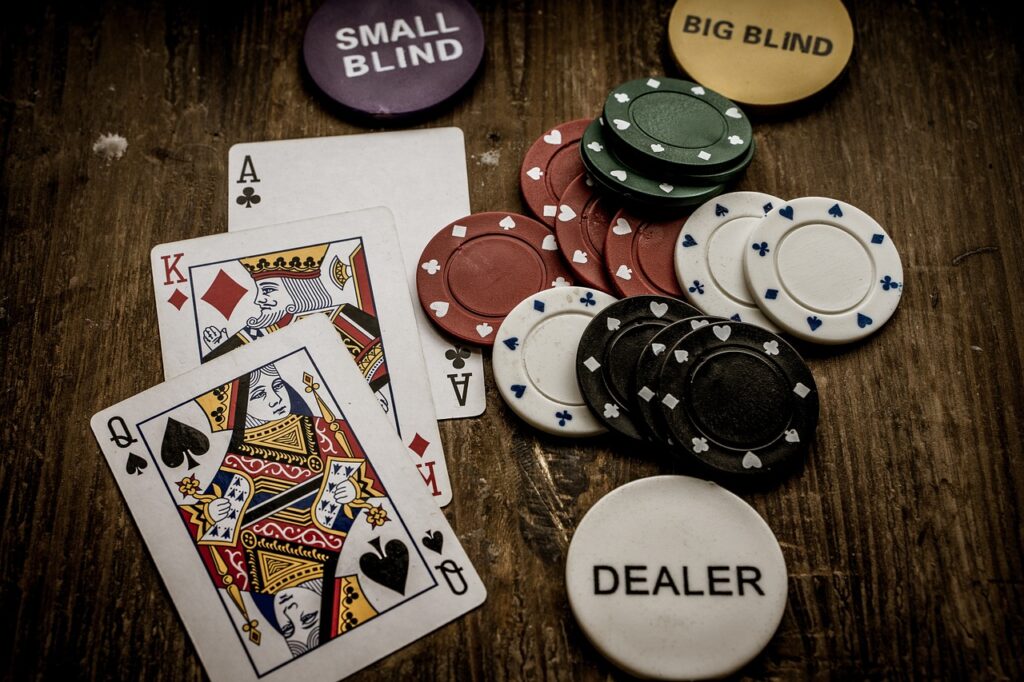Tournament Strategy: How to Win Big in Poker Tournaments
Poker tournaments are one of the most exciting formats in the game, offering players a chance to turn a small buy-in into a life-changing prize. However, success in tournaments requires more than just knowing the rules or playing solid cash game poker. It demands a specific set of strategies tailored to the dynamic structure of tournament play. In this comprehensive guide, we will break down the essential elements of a winning tournament strategy to help you maximize your ROI and consistently perform deeper runs.
Understanding the Tournament Structure and Phases
Each poker tournament is divided into distinct phases: early, middle, late, and final table. Each phase demands a strategic shift due to changes in stack sizes, blind levels, player tendencies, and payout pressures.
Early Stage: Focus on tight-aggressive play. You have deep stacks, so avoid marginal spots and look to accumulate chips through value hands.
Middle Stage: Blinds increase, and aggression becomes more important. Begin leveraging fold equity and punishing tighter opponents.
Late Stage: Stack sizes vary widely. Survival and stealing blinds with weaker holdings become critical.
Final Table: This is where ICM (Independent Chip Model) strategy becomes crucial. Play for position and payout jumps, not just the win.
Stack Size Management in Tournaments
Knowing how to adjust your tournament strategy based on your chip stack is vital. A 100bb strategy won’t work the same way as a 15bb strategy.
Deep Stack (50bb+): Play more speculative hands and use position aggressively. Focus on postflop skill.
Mid Stack (20-50bb): Tighten up. Control pot sizes and don’t get into unnecessary flip situations.
Short Stack (10-20bb): Shove or fold ranges become relevant. Utilize Nash equilibrium charts for push-fold decisions.
Very Short Stack (under 10bb): You are in critical zone. Any fold equals lost equity. Find the right spots to jam.
Building a Tournament Mindset
A successful tournament player thinks long-term and avoids emotional decisions.
Be patient: Good spots take time.
Avoid tilt: One bad beat should not destroy your entire strategy.
Focus on survival: Especially in satellite or high payout jump scenarios.
Understanding ICM (Independent Chip Model)
ICM is a mathematical model that calculates a player’s equity in the prize pool. In tournaments, chips don’t equal cash directly, so you must adjust your play around ICM pressure.
Don’t bust in marginal spots near the bubble.
Call shoves tighter if your bust hurts your payout.
Punish mid-stacks who are ICM trapped.
Adjusting to Player Types and Table Dynamics
Your tournament strategy should adapt to different player styles.
Loose Aggressives: Trap them with strong hands. Don’t bluff often.
Tight Passives: Steal their blinds and isolate them in position.
Recreational Players: Maximize value from their mistakes. Don’t slow play.
Pros: Use leveling wars sparingly. Avoid ego battles.
Late Game Aggression and Final Table Strategy
This is where the tournament gets serious. To win big, you must dominate the final stages.
Abuse position: Open wider from late positions.
Pressure ICM: Shorter stacks will fold too much.
Chip leaders: Use your leverage, but don’t punt your lead.
Short stacks: Look for double-up opportunities.
Satellite Strategy and Specialized Tournament Formats
Satellite tournaments and sit-and-go formats require unique approaches.
Satellites: Survival over chip accumulation. Play tight, avoid confrontations unless necessary.
Bounty Tournaments: Adjust risk/reward for knockouts. Use bounty equity calculators.
Turbo/Hyper formats: Less room for fancy plays. Prioritize fold equity and play aggressively.
The Complete Guide to Poker Rules: Learn How to Play Like a Pro 1
Tournament Strategy Tournament Strategy Tournament Strategy Tournament Strategy

